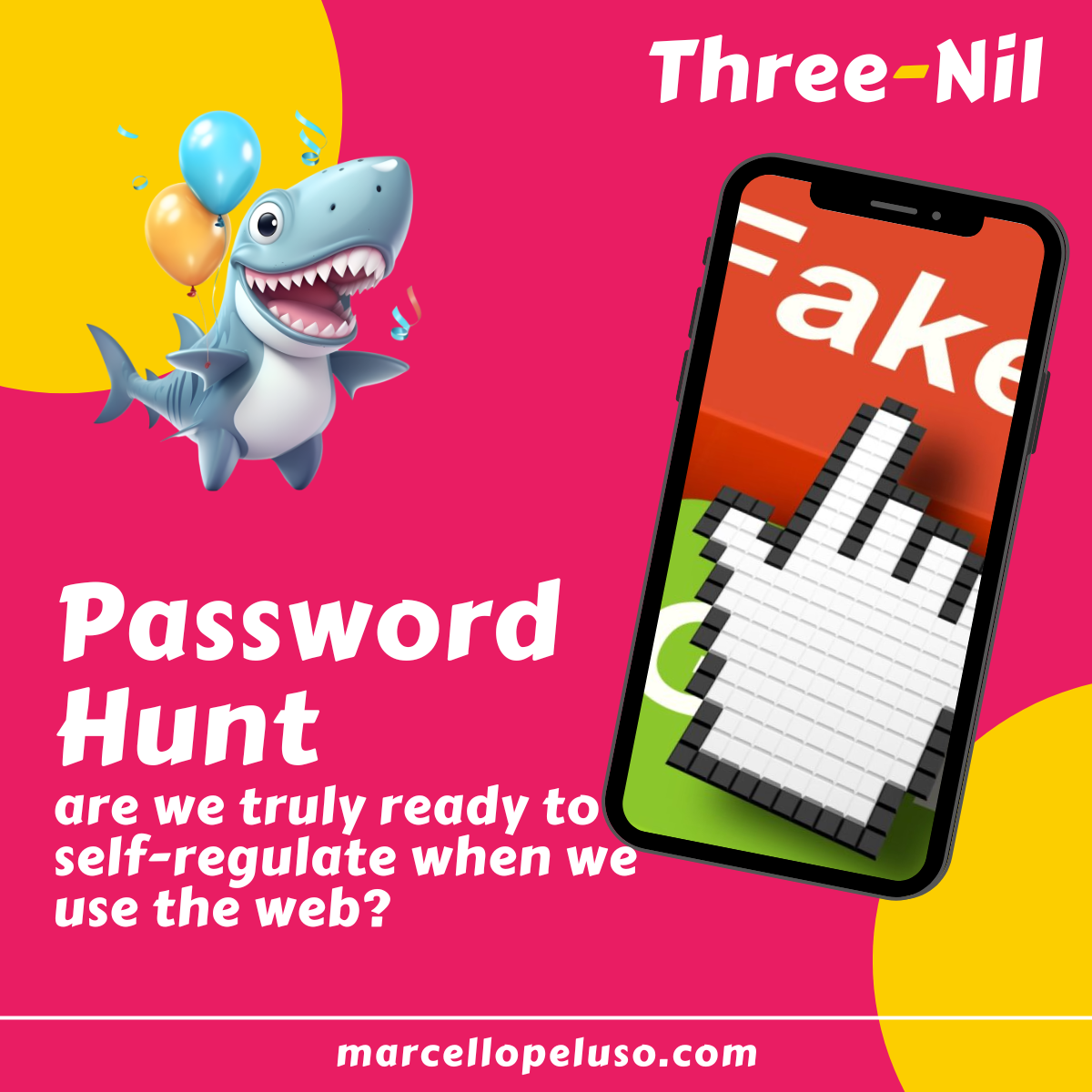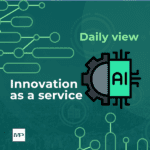
Password Hunt: are we truly ready to self-regulate when we use the web?
01/01/2024
How to Format the HTTP Request Module on Make.com vs n8n.io: A Step-by-Step Tutorial
11/08/2025- X marks the spot
- The differentiating factor of Web 3.0
- Five Types of Web3 Gurus to Steer Clear Of
- Follow the money: from salt to loyalty points
- The future of banks (and our money)
- Password Hunt: are we truly ready to self-regulate when we use the web?
- Let me tell you my secret: I see tokens everywhere
Let me tell you my secret: I see tokens everywhere, in real life and in the digital world. Not just when I’m awake or asleep. They are everywhere, swirling around me, popping up when I visit a website, in mobile apps, and sometimes even on TV. I see them, I feel them, and sometimes I touch them. They are around like regular objects. They don’t know they’re tokens, but they are everywhere.
I confess, discussions about digital currencies bored me to death. I am not a financial trader, and whenever I came across content discussing them online, I immediately switched to another page.
Imagine trying to follow all the websites, videos, and podcasts with titles like ‘crypto-whatever.’ That’s why Web 3.0 made me cringe for a long time. What could possibly interest a professional, entrepreneur, or business manager in ‘playing’ with digital coins?
I admit, I thought that way… until I got to know tokens.
Tokens in Real Life

Imagine a token, just like the ones used in old phone booths. Actually, not ‘like’ – that was precisely a token!
Those of a certain age will have used thousands of them to talk to their sweetheart or friends away from prying ears. For those who have never seen one, I can say that a token had value as long as phone booths existed. Today, they are mostly “collectables” with little interest.
However, those are not the only tokens we have ever used. We still use them today: Tesco’s Points, casino chips, airline miles, meal vouchers, minutes or SMS from your phone operator, and many other virtual or real objects around you are all tokens buzzing around you daily. We don’t call them tokens, yet we give them economic value when used in certain contexts.
As with coins, context is crucial (if you missed the discussion on contexts where coins can be used, click here): casino chips have significant value in a casino, but if I leave the slot machine building and try to pay the fruit vendor in front of my house with a plastic disc, the vendor will probably send me away.
If, during lunch break, I go to a coffee shop that doesn’t accept restaurant vouchers and try to pay with meal vouchers at the counter, the bartender will kindly ask me to use euros because that token (the meal voucher) is out of context.
Even Monopoly money could be considered tokens within the game if we assign them economic value, perhaps even convertible into euros and redeemable at the end of the game.
If I were to replace an encyclopedia, I would try to define a token in real life as a kind of material or virtual thing, issued for a specific use by a public or private entity, which takes on value within the community or context that uses it.
Tokens in Web 3.0
In Web 3.0, things don’t change much conceptually. A token is a kind of digital token (this time only digital), issued for a specific use by a public or private entity (for the moment, I would say mainly by private entities) that takes on value within the community or context that uses it.
An important difference between these Web3 tokens and real or digital tokens of Web2 is that they are born and accounted for through distributed registers on the network created using a particular technology that makes them secure, unassailable, and impossible to counterfeit (the so-called blockchains).
Fungible Tokens
As digital tokens, tokens can be interchangeable with each other, and then we call them “fungible.” Just as in real life, a Supermarket Point is worth as much as another Point in the Supermarket loyalty program (because my interest is not in collecting that specific point but in a point that can be replaced with any other for my collection), in Web3, a non-fungible token can be replaced by another token of the same type.
The specific use helps us classify them. We have different types.
- Utility Tokens: These are fungible tokens issued by an entity (e.g., a platform, a company, etc.) to allow access to a product, a service, or specific functions of a digital tool. Just this is enough to make us imagine the countless ways in which they can be used: for example, to manage transaction fees in payments, as real coupons, to enable electronic voting, or to reproduce all the examples mentioned earlier about using tokens in real life, but managed this time in the digital Web3. The clarification “Web 3” is necessary in this case because we are not just digitizing tokens, tickets, coupons, etc., but managing them with that particular technology mentioned earlier (blockchain).
- Equity Tokens: Of a different use but no less interesting are Equity Tokens that represent a part of the ownership of the organisation that issues them. It’s a bit like buying shares in a company, with the difference that traditional shares are recorded through a paper certificate and entered into a database, while equity tokens are recorded on the blockchain. Like shares, they allow direct participation and voting within a company.
- Security Tokens: These are tokens that represent financial products. They are mainly used to enter into financial contracts or investment products. These, like equity tokens, have needed (and still need) legislative regulation due to their particular use.
- Commodity Tokens: These are fungible tokens whose value is linked to a type of asset known as a “commodity,” and we have many commodities around: the bag of coffee arriving from Carmencita’s plantation in Brazil, the wood with which Uncle Tom’s cabin is made, the flour with which Grandma Duck prepares cakes, are all commodities.
Non-fungible Tokens (NFTs)
Tokens can also be non-fungible, meaning they represent an asset, value, or asset (both digital and physical) that cannot be replaced by another. Non-fungible tokens (NFTs) are used to represent ownership of specific, indivisible objects with a distinct identity.
So far, they have been widely used in the field of digital art or photography or to sell the most bizarre digital products. In NFT format, for example, Twitter’s (now X) former CEO Jack Dorsey sold the first tweet in history for the astronomical sum of 2.9 million dollars. But you will also find NFTs depicting images of needlessly expensive kittens.
In real life, a painting by Picasso himself is not replaceable with the same painting done by me, no matter how skilled I may be at imitating the original painting. And how do we know for sure that Picasso’s painting is really by Picasso?
We would need an expert, a notary, a policeman; at the very least, we should call an expert for help, and who knows how many other professional figures, letterheads, papal bulls, or seals in wax we would need to ascertain the originality of the painting.
A glimpse into the future
In Web3, as in real life, there are numerous tokens with the most diverse uses. Many nations are organising themselves to regulate them because, in the not too distant future, they could become key elements in countless businesses, even beyond what we can only imagine today.
However, all of this requires a fundamental element that we can no longer postpone clarification on: the blockchain. Are we ready now to understand what it is and how it works?
